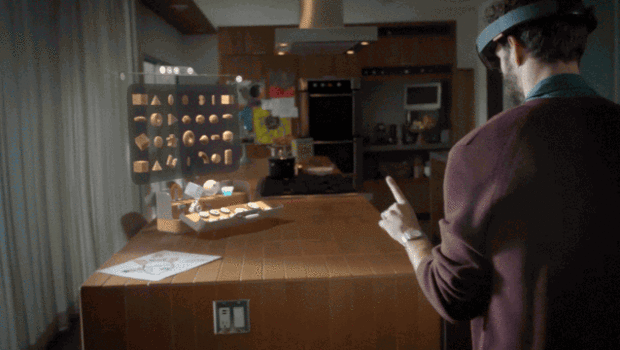You Don’t Have to Keep Up With Everything — Science of Us
“It’s like a different flavor of FOMO … It’s fear of missing out, but missing out on content — and on knowledge. With limited time and mental resources, there’s no way to get through it all.”
This thing has a name: infomania. Infomania was first pointed out as an issue in 1984 by the author Elizabeth Ferrarini. Email had just been invented, and Ferrarini foresaw the desire to constantly scroll through intraweb company messages and answer them now, other priorities be damned. This behavior inspired her book, aptly titled Confessions of an Infomaniac. But infomania remained an artifact of the 1980s until 2005, when Hewlett-Packard repopularized the term by sponsoring a widely criticized study describing infomania’s effects on the human psyche, claiming that it was “worse than marijuana” in its power to reduce IQ.
Again, that research was disputed and discredited; still, most of us can relate to the feeling Zomorodi and her listener describe of being trapped in an infomania loop. The thing is, we don’t quite know how to fight against infomania besides the impractical, drastic solution of tossing our phones into a toilet. Perhaps Zomorodi said it best, when she writes about reframing society’s scorn about not knowing what’s trending right now on whatever hip social-media feed is demanding our attention.

